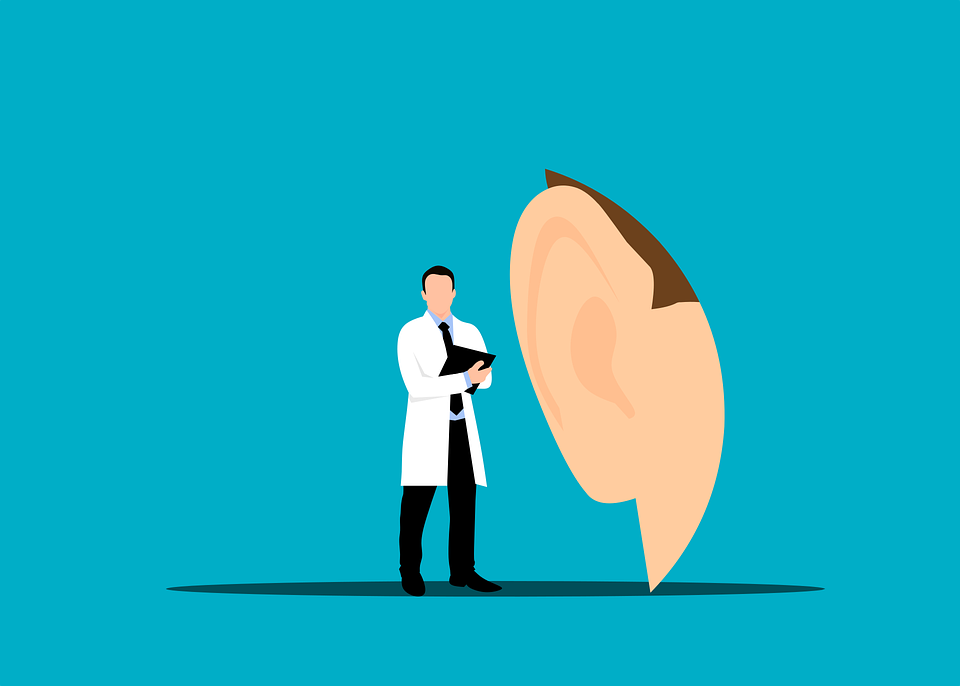Ear infections are a common health concern during the summer months, often caused by increased exposure to water and humidity. They occur when fluid becomes trapped in the middle ear or when bacteria and fungi grow in the ear canal. Recognizing the symptoms of an ear infection and understanding how to manage and reduce the risk of recurrence is key to maintaining ear health and comfort.
Recognizing the Signs of an Ear Infection
Symptoms of an ear infection can vary depending on the type and severity. The more common indications include pain or discomfort in the ear, a feeling of fullness, or difficulty hearing. Drainage of fluid from the ear may occur in some cases. For young children, visible signs such as excessive crying, irritability, and tugging at the ear may be observed. Identifying these symptoms early can help guide individuals toward appropriate care options and minimize complications.
Basic Methods for Treatment
Treating an ear infection may depend on its cause and severity. Mild cases often improve on their own without the need for medical intervention. Methods for relief may include warmth applied to the area to ease discomfort or over-the-counter options to address pain. For infections caused by pathogens such as bacteria or fungi, healthcare providers may prescribe topical or oral medications. Keeping the ear dry during the recovery period also may contribute to managing the condition.
Preventing Water-Related Ear Issues

Water may be a contributing factor to infections during summer months, as prolonged moisture creates an environment where pathogens can thrive. To minimize the risk, follow measures to limit moisture exposure:
- Use earplugs or a swim cap when swimming.
- Gently dry the outer ear with a towel after water activities.
- Tilt the head to each side to help drain trapped water from the ear canal.
Practicing Good Ear Hygiene
Correct hygiene practices are key for maintaining ear health and reducing infection risks. Cleaning the ears should involve addressing the outer ear only, as attempting to clean deep inside may push wax further into the ear canal, causing blockage or irritation. Avoid inserting objects such as cotton swabs into the ear canal, as they may damage the ear and create openings for pathogens to enter. Maintaining good overall hygiene, such as hand washing before touching the ears, may minimize the transfer of bacteria.
Seeking Medical Attention
While minor ear infections can often be managed at home, there are situations where professional medical advice can be necessary. Persistent symptoms lasting more than a few days, severe pain, or significant swelling may warrant a visit to a healthcare provider. If there is drainage that contains pus or blood, professional evaluation is recommended. Timely intervention can prevent complications and promote proper recovery.
Learn More About Ear Health and Preventative Techniques
Understanding how to manage and reduce the risks of ear infections is key for comfortable and safe summer activities. Adopting preventive measures, practicing proper hygiene, and recognizing when to seek treatment may contribute to maintaining good ear health. For further insights and personalized guidance, contact a healthcare provider or specialist. Proactive steps can help protect you and your loved ones during the warmer months.


